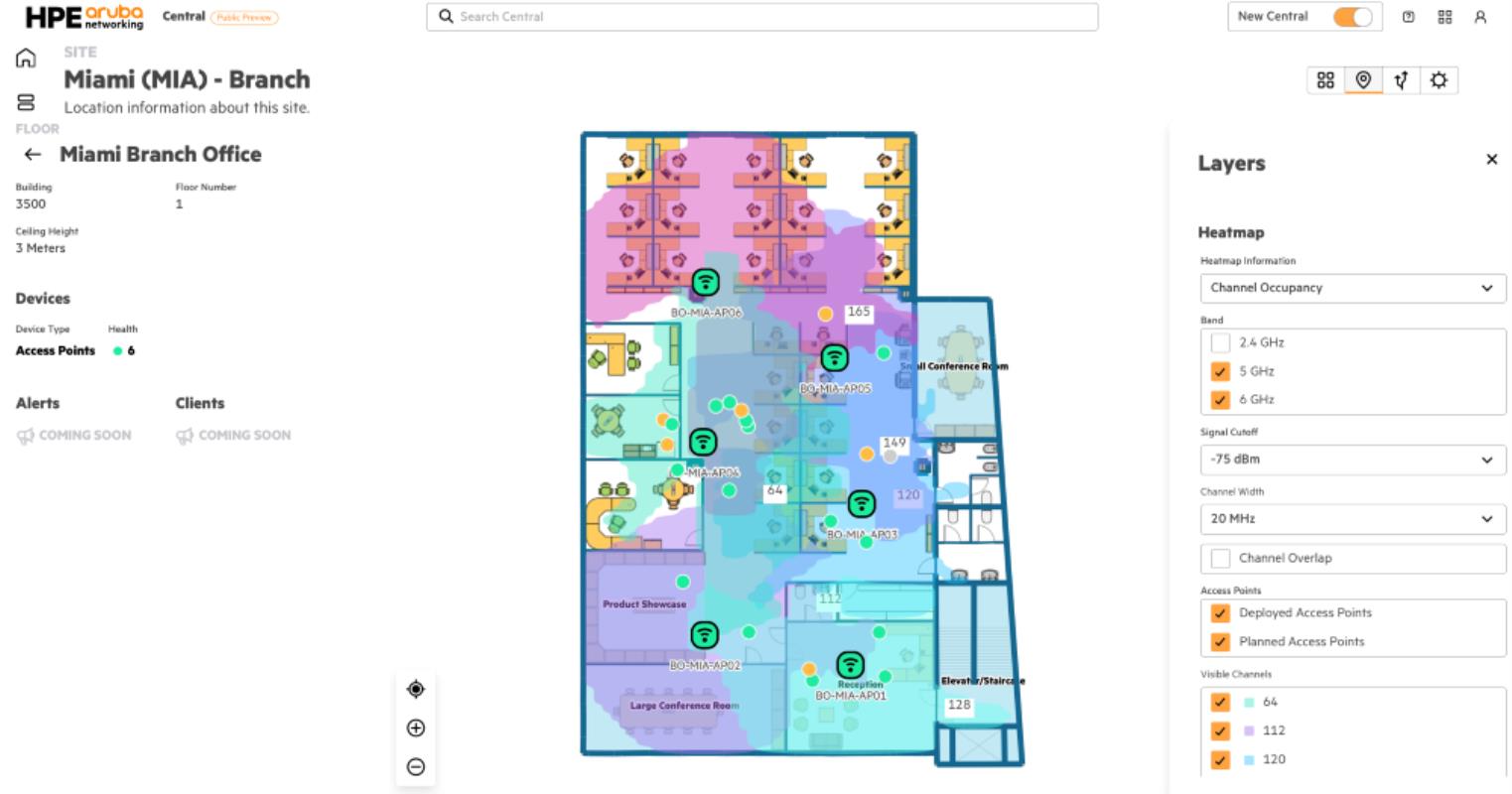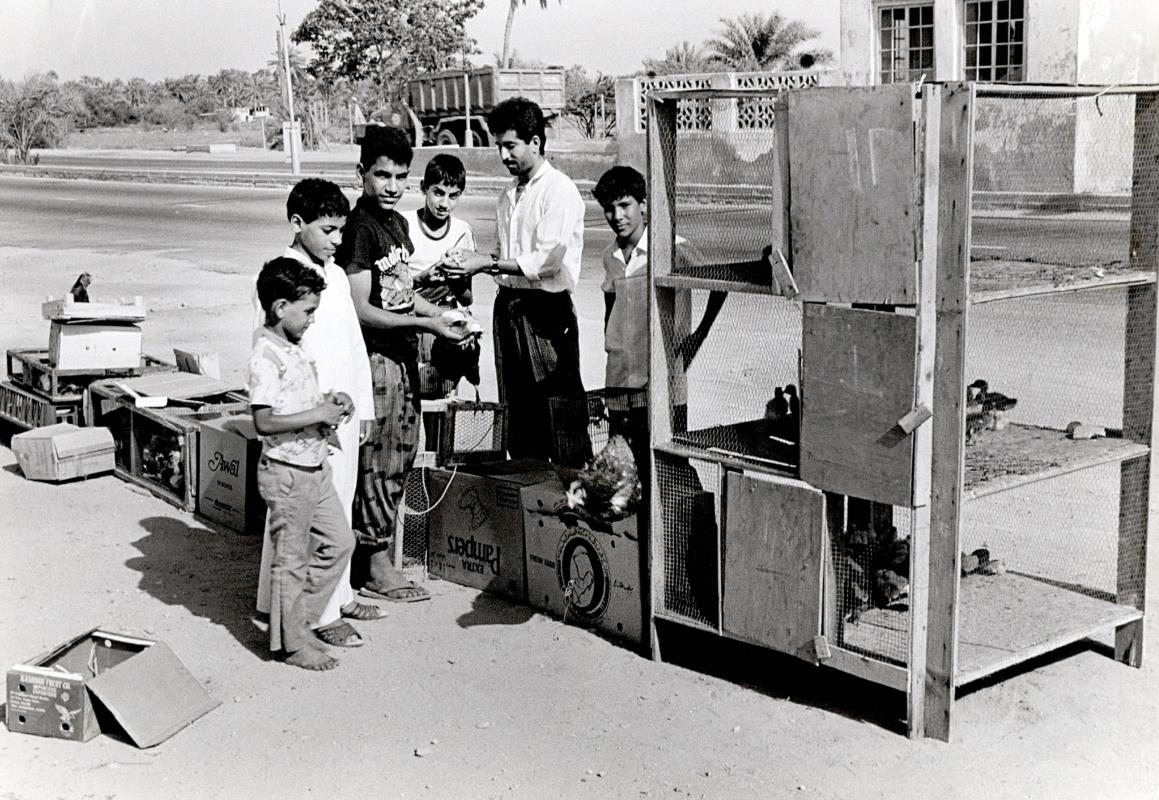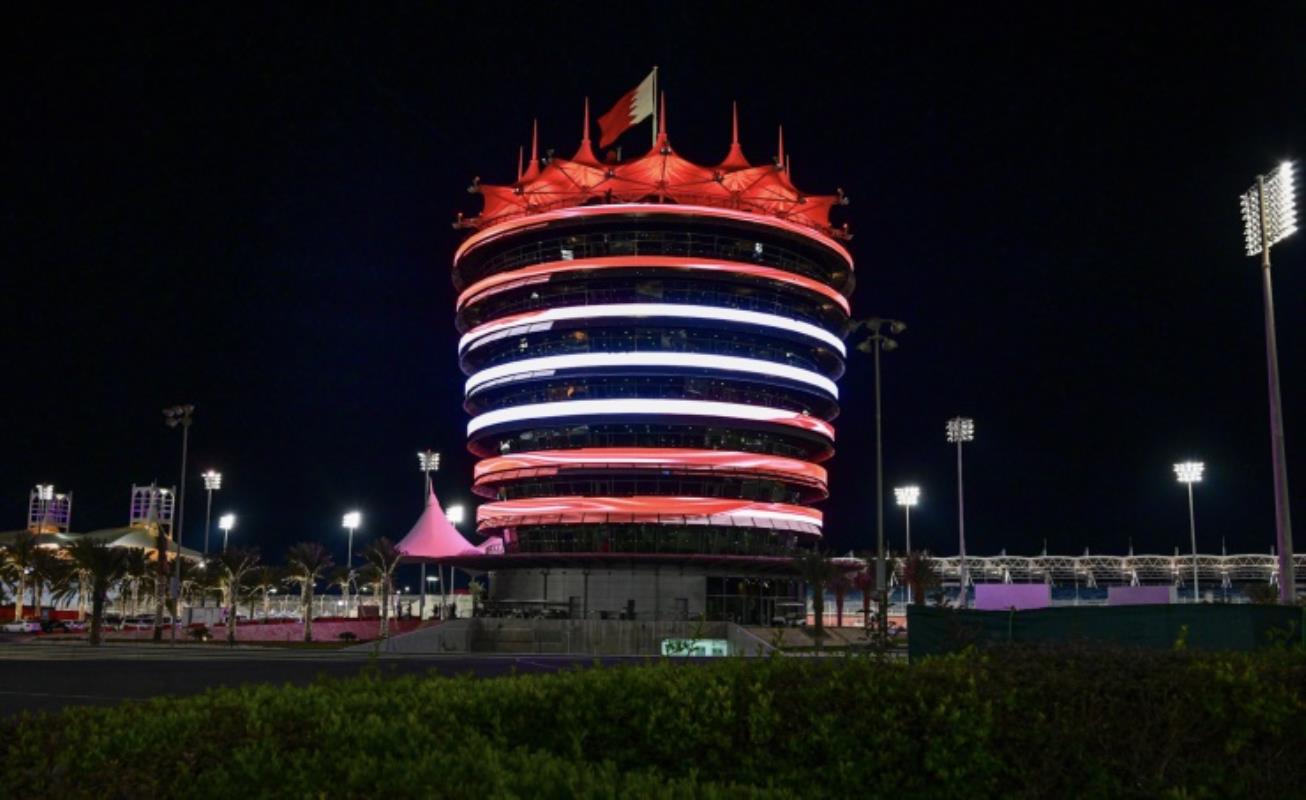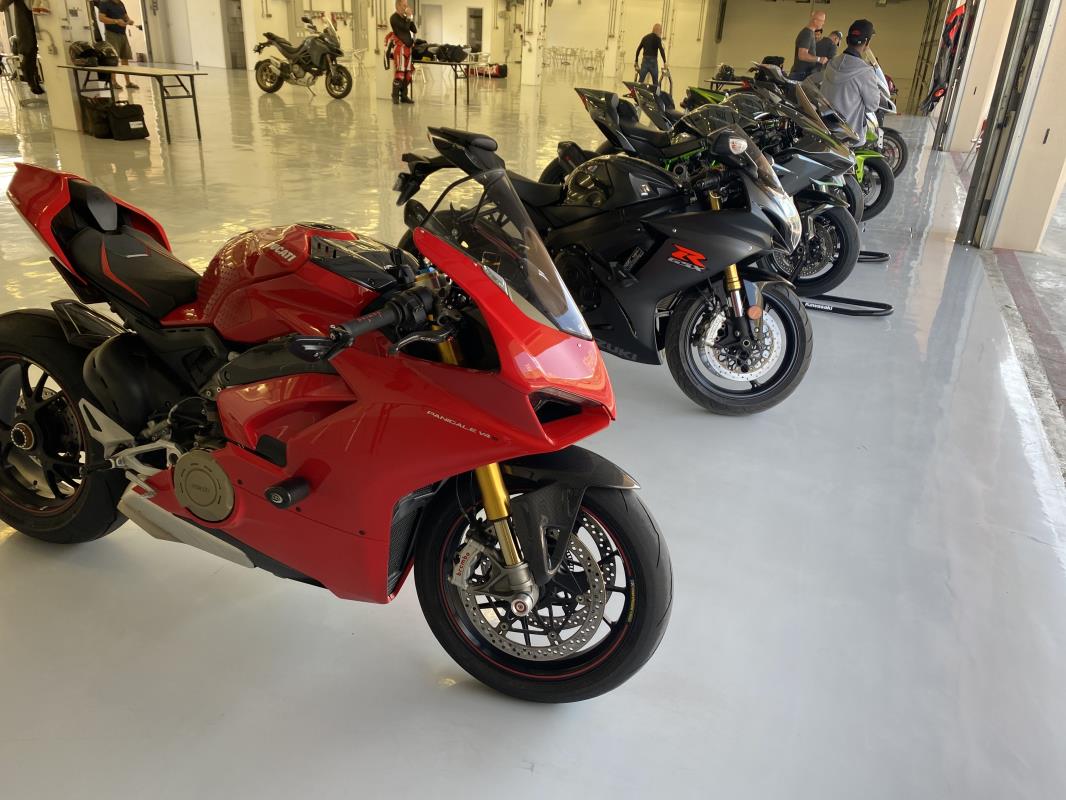Cameras on the roof frame and displays at the A-pillars: the Actros, a new Mercedes-Benz truck, is easy to recognise at first glance due to the missing rearview and wide-angle mirrors.
The advantages of the new system are obvious, its designers say – lower consumption due to improved aerodynamics and increased traffic safety thanks to better visibility.
But how is it operated, what needs to be considered and do drivers need time to get used to the system?
What changes for drivers? This is what Mercedes-Benz says:
- Thanks to the MirrorCam, the driver now has an unobstructed view where rearview and wide-angle mirrors previously covered large areas to the right and left of the A-pillar. An advantage above all at junctions, when manoeuvring and in tight bends. And, the driver must no longer look as far to the right or left to see traffic to the rear. Also: mirrors are mounted in a fixed position so that when cornering the driver may lose sight of the end of the semitrailer. In contrast, the MirrorCam swivels the image of the camera mounted toward the inside of the bend, so that the driver always has the end of the trailer in view.
- The optimised aerodynamics can reduce consumption: the optimised wind resistance thanks to MirrorCam can result in up to 1.5 percent less fuel.
- Misted or dirty mirror glass and side windows have always been a problem. Thanks to the position of the cameras high up on the vehicle, the small roof above the camera lens, a special coating and the digital transmission of the image to a display in the cab, misting and dirt hardly affect the system at all. And what is particularly helpful on cold, damp days; the camera is automatically heated at temperatures below 15 degrees Celsius.













































































































